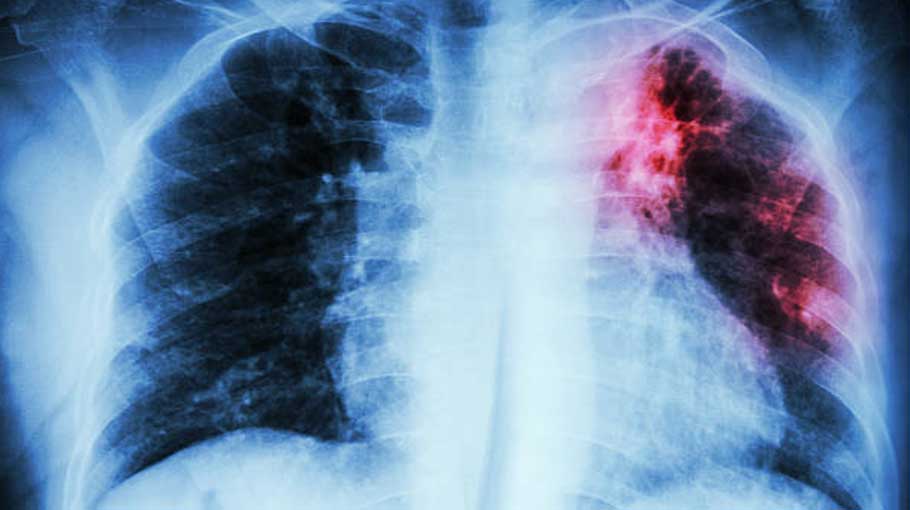Tests for pulmonary fibrosis (part 7)

Lung function tests:
Pulmonary function testing: Several types of pulmonary function tests may be conducted. In a test called spirometry, you exhale quickly and forcefully through a tube connected to a machine.
Pulse oximetry: This simple test uses a small device placed on one of your fingers to measure the oxygen saturation in your blood. Oximetry can serve as a way to monitor the course of the disease.
Exercise stress test: An exercise test on a treadmill or stationary bike may be used to monitor your lung function when you're active.
Arterial blood gas test: In this test, your doctor tests a sample of your blood, usually taken from an artery in your wrist. The oxygen and carbon dioxide levels in the sample are then measured.
Tissue sample (biopsy):
Bronchoscopy: In this procedure, your doctor removes very small tissue samples — generally no larger than the head of a pin — using a small, flexible tube (bronchoscope) that's passed through your mouth or nose into your lungs.
Surgical biopsy: Although a surgical biopsy is more invasive and has potential complications, it may be the only way to obtain a large enough tissue sample to make an accurate diagnosis.
Courtesy: Mayo Clinic




